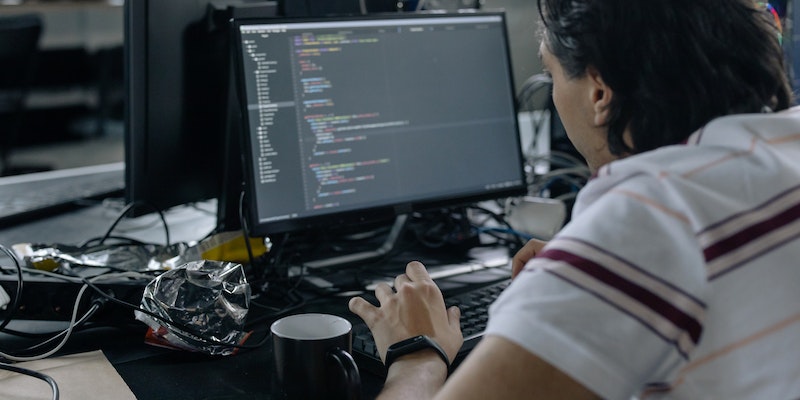The cybersecurity landscape continues to evolve, with new threats emerging from previously undocumented threat actors. One such actor, known as “Grayling,” has recently been linked to a series of sophisticated attacks targeting organizations in the manufacturing, IT, and biomedical sectors in Taiwan. This article provides an in-depth analysis of the campaign, shedding light on its scope, duration, tactics, motivations, and potential regional implications.
Scope and duration of the attacks
Grayling’s campaign, which commenced in February 2023, has shown no signs of slowing down as it persisted until at least May 2023. Its focus on the manufacturing, IT, and biomedical sectors in Taiwan indicates a deliberate targeting strategy aimed at gaining valuable intelligence from organizations operating in these fields.
Motivation behind the attacks
The primary motive driving Grayling’s activities appears to be intelligence gathering. Rather than engaging in data exfiltration, the attackers rely on various techniques to gain initial access to victims’ computers. Once inside, they escalate privileges, perform network scanning, and utilize downloaders to further their mission of reconnaissance and intelligence gathering.
Tactics and techniques employed
To complicate attribution efforts, Grayling employs publicly available tools, making it challenging to identify the true origin of these attacks. The use of process termination as a priority hints at their intent to evade detection and stay under the radar for extended periods. These tactics highlight Grayling’s sophistication and commitment to maintaining persistent access to compromised systems.
Regional interest in Taiwan
The heavy targeting of Taiwanese organizations suggests that Grayling operates from a region with a strategic interest in Taiwan. The motive behind this interest could be political, economic, or even technological. The implications of this regional focus raise concerns about the potential broader geopolitical impact of Grayling’s activities.
Initial Foothold and Persistent Access
Grayling gains an initial foothold into victim environments by exploiting public-facing infrastructure. This entry point allows them to deploy web shells, providing them with persistent access to the compromised systems. The use of web shells highlights Grayling’s proficiency in leveraging various attack vectors for long-term exploitation.
DLL Side-Loading Technique
DLL side-loading, a popular technique among threat actors, plays a prominent role in Grayling’s arsenal. By tricking the Windows operating system into executing malicious code on the target endpoints, Grayling bypasses security solutions, facilitating the stealthy execution of their operations. This technique further solidifies the sophistication and adaptability of the threat actor.
Grayling’s campaign in Taiwan, attributed by the Symantec Threat Hunter Team, poses a significant threat to organizations in the manufacturing, IT, and biomedical sectors. The motive behind their attacks, primarily focused on intelligence gathering, implies a larger agenda that requires vigilance and proactive cybersecurity measures. The ongoing targeting of Taiwanese organizations reflects a regional interest that may have broader implications for the geopolitical landscape. As Grayling’s activities persist, it is crucial for organizations and authorities to remain vigilant and collaborate in mitigating the risks posed by this previously undocumented APT.

